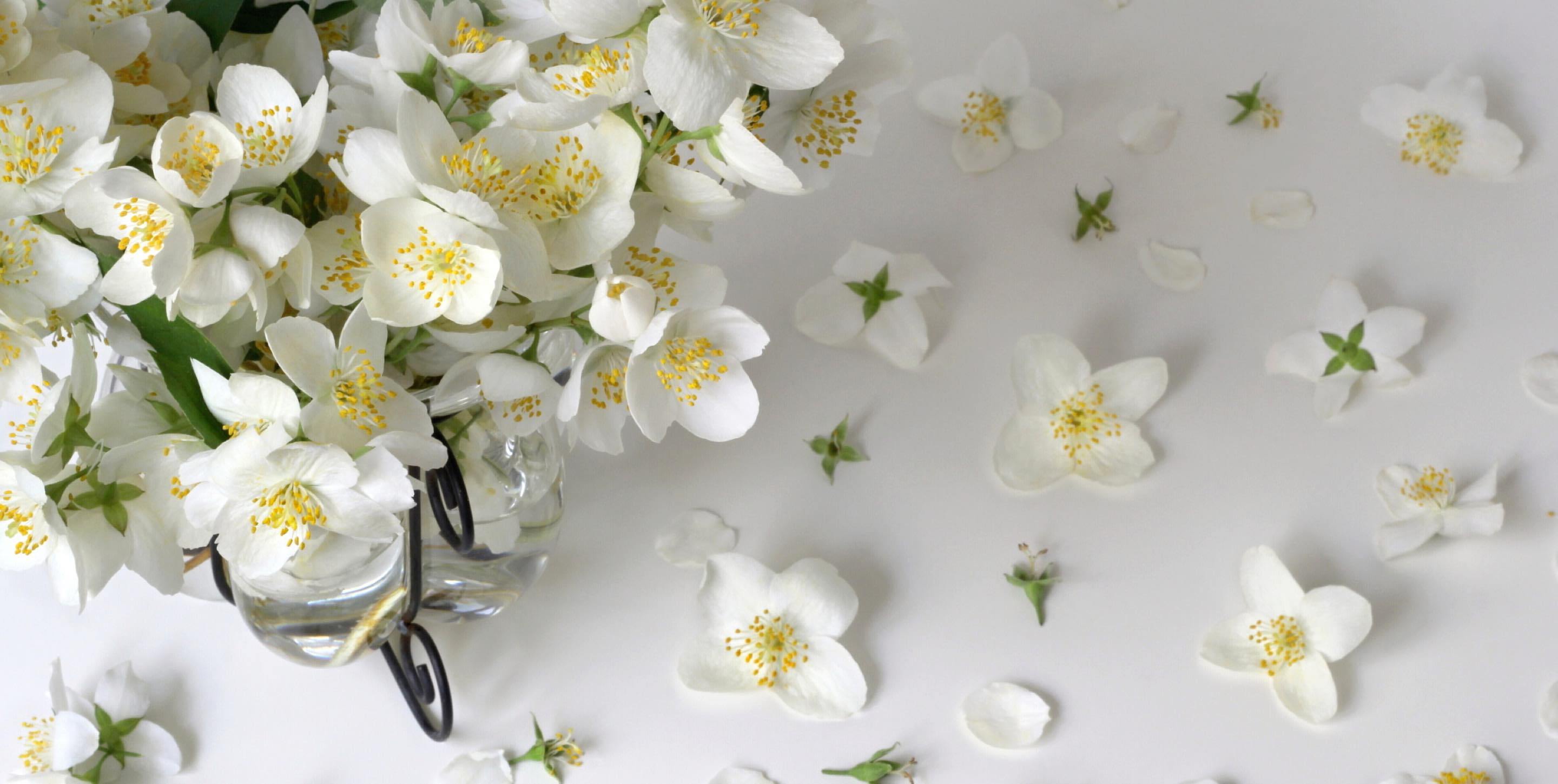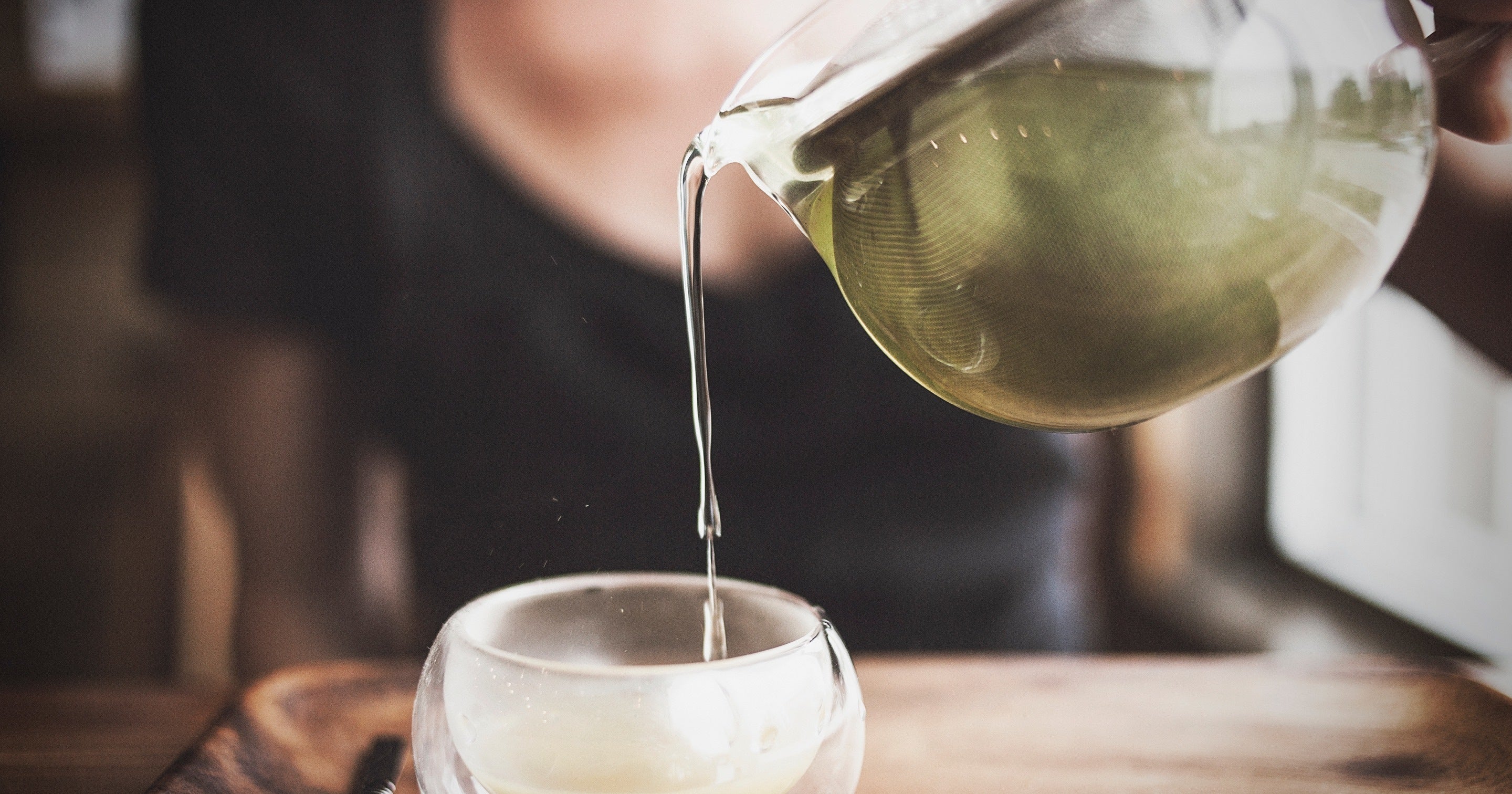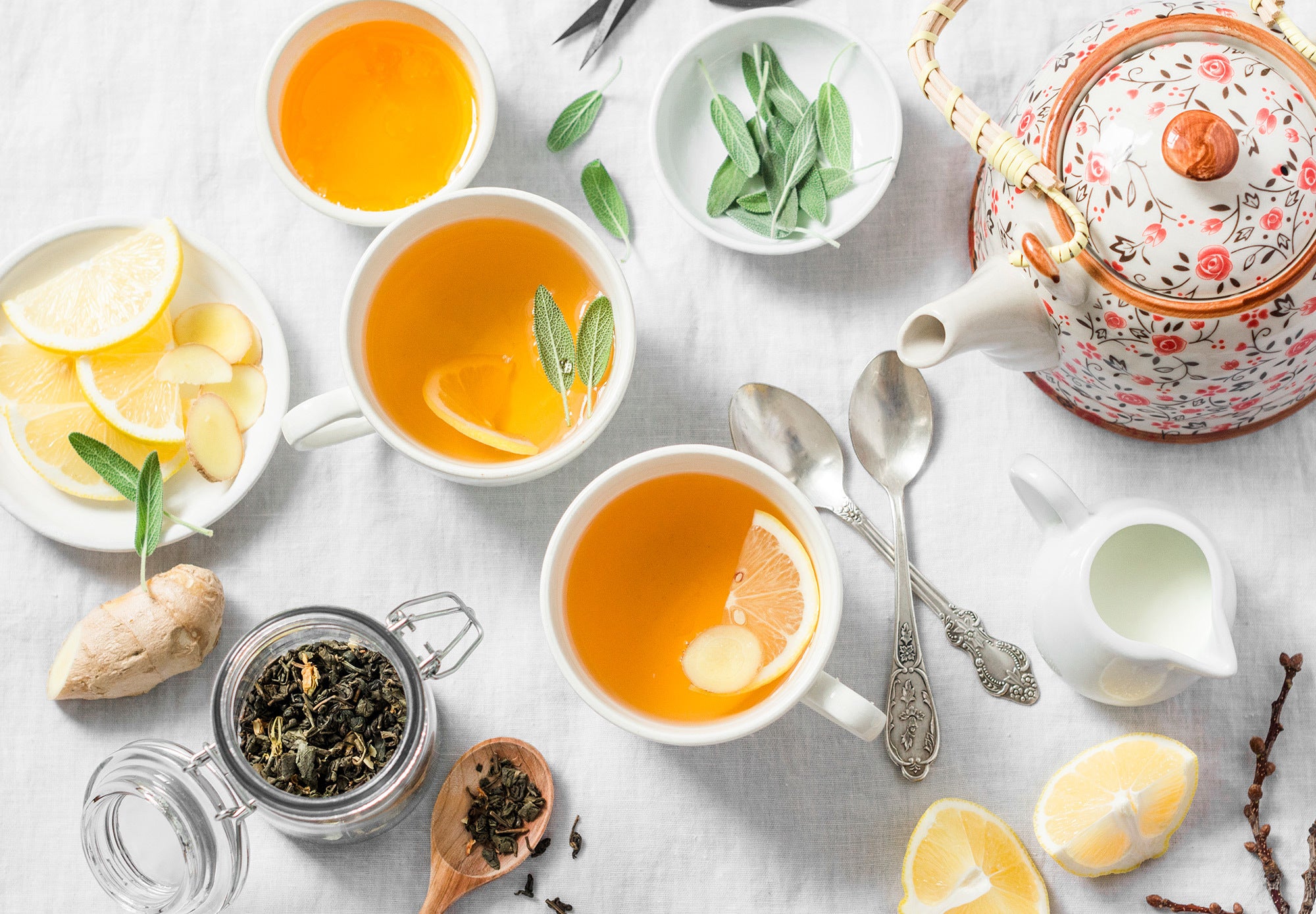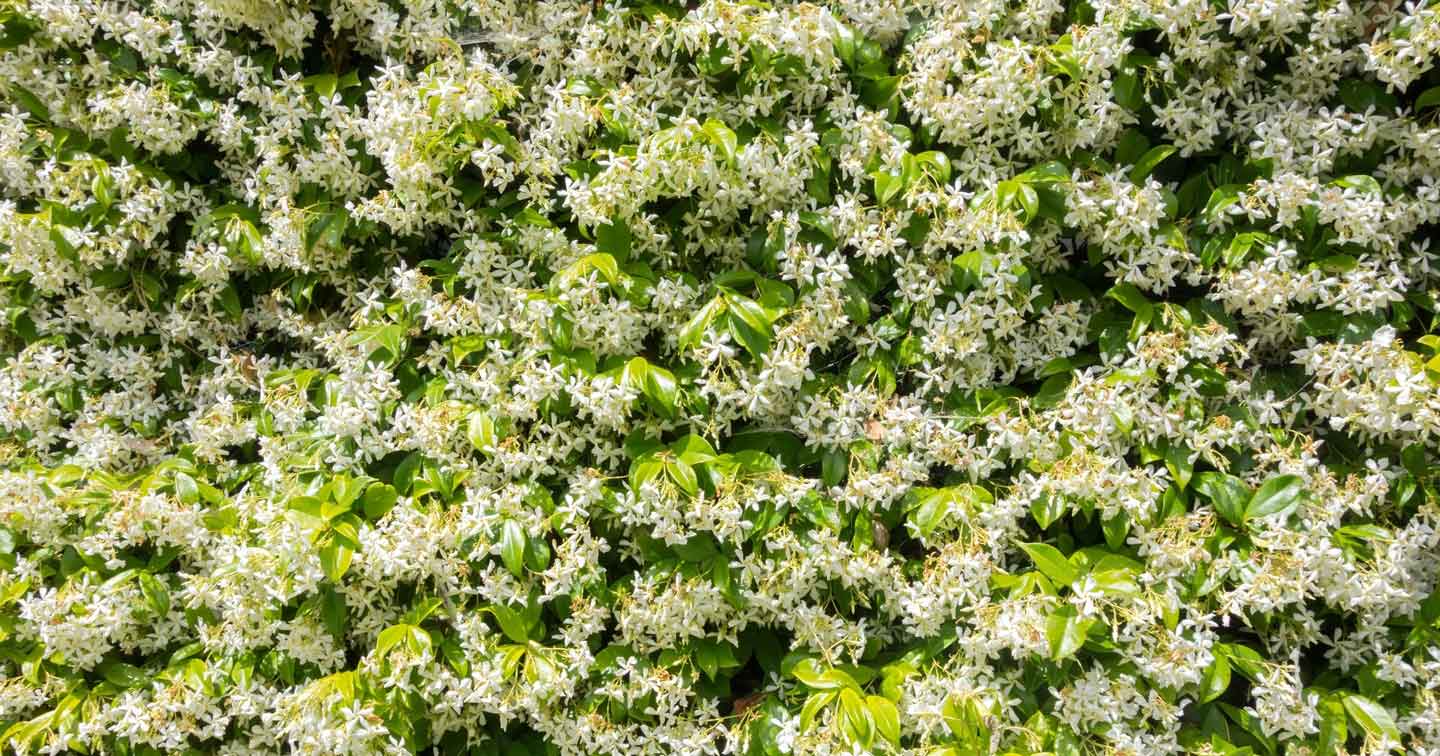Light and refreshing with a hint of nature’s perfume, jasmine tea is a special blend admired as much for its fragrance as for its taste. This unique blend is made by scenting tea leaves with fragrant jasmine flowers under very specific conditions to bring out a perfect marriage of scent and flavor notes in the resulting tea. Jasmine green tea is the most popular variety, though the flowers may also be added to black, white and oolong teas, or simply combined with other botanicals to make an herbal tisane.
Scenting tea with jasmine is a centuries-old practice requiring a remarkable amount of skill, patience and craftsmanship. Chinese tea growers are only able to create this delicate and complex tea for a few months out of the year, when the weather is warm and the jasmine fields are in bloom. Harvesting thousands of tiny, perfectly-poised buds is a feat of remarkable dexterity and concentration, and the labor-intensive process requires precise timing.

Sun setting over jasmine fields.
Each evening in June, July and August, jasmine buds are hand-plucked in the early afternoon, when the sun is out and the morning dew has evaporated. Pickers are careful to select only buds that appear to be on the verge of blooming that evening. Once plucked, the flowers are then stored in a scenting house, placed in alternating layers with tea leaves until the cool night air can coax the blossoms’ intoxicating scent into the air. As the jasmine buds unfurl, their fragrance is released and the tea absorbs the essence of jasmine, creating an exquisite blend.
The quality of jasmine tea is determined by both the tea leaves used as its base and the effectiveness of the scenting process. High-grade teas require the process to be repeated as many as seven times.
THE HISTORY OF JASMINE TEA
First produced in China over 1,000 years ago, jasmine tea’s scenting process began during the South-Song Dynasty in China and was further developed under the Ming Dynasty. By the early 20th century, the blend was popular enough to become a fast-moving trade item. High demand increased production costs when the jasmine flowers had to be planted in pots and moved indoors to stay warm over the winter. Though Taiwan got a taste for jasmine blends and began cultivating their own flowers in the late 19th century, China is still regarded as the best producer of this particular tea blend.

Handpicked Jasmine tea crops.
THE BENEFITS OF JASMINE TEA
Jasmine flowers originated in Persia and have long been associated with unique benefits. The scent of jasmine has been used in aromatherapy to ease anxiety and help people relax. In fact, jasmine essential oils are considered to have a tranquilizing and mood-boosting effect. Much like the relaxing properties of lavender, the act of inhaling jasmine’s scent as you sip a cup of tea can gently lower your heart rate thanks to an ingredient called linalool, which is known to bring about a natural state of relaxation. Since green tea is generally the most popular variety of jasmine tea, many benefits can be reaped from its antioxidants and polyphenol compounds. Studies show that a particular polyphenol called EGCG may have anti-cancer properties and also be beneficial in the process of weight loss. Antioxidants in general work to combat the aging process, lower disease rates and improve cardiovascular function, so it’s wise to raise a cup of jasmine tea to your health on a regular basis.
These statements have not been evaluated by the Food and Drug Administration. This product is not intended to diagnose, treat, cure, or prevent any disease.
You may also enjoy

Health Benefits
Five Benefits of Jasmine Tea

Tea Varieties
How Much Caffeine Is In Jasmine Tea?



